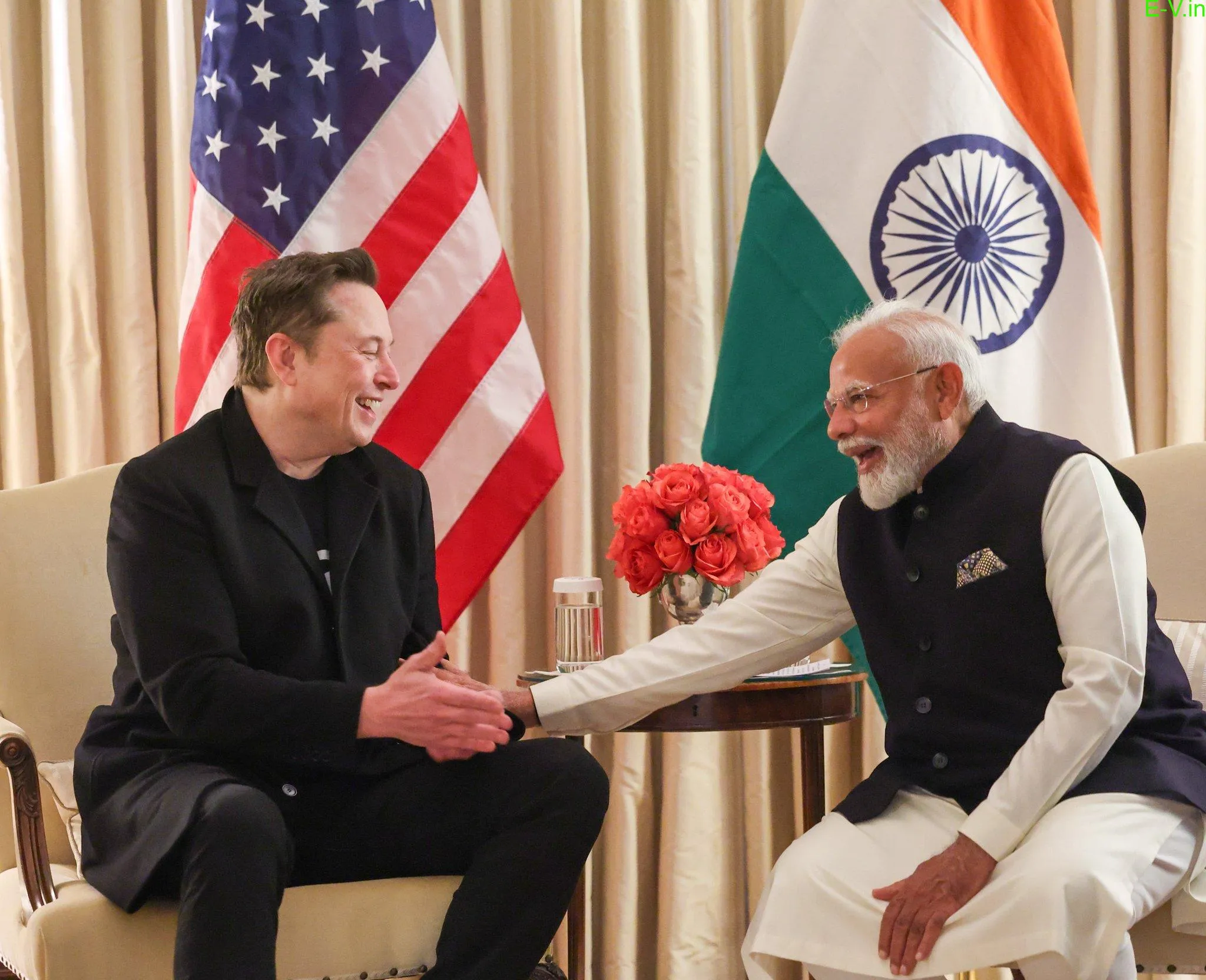As the world steers towards a greener future, electric vehicles (EVs) have emerged as a symbol of sustainable mobility. India, a nation grappling with severe pollution and a dependency on imported oil, has boldly positioned itself on the global EV map with ambitious policies and initiatives. But are these moves transformative enough to mark India as a leader in clean transportation, or are they just a facade with limited impact? Let’s explore the intricacies of India’s EV journey.
Table of Contents

Want To Know More About EV
Charging Your Drive with Electrifying Insights?
The Current Landscape
India’s adoption of EVs has advanced significantly. Efforts to encourage EV use, local manufacture, and infrastructure development include the Faster use and Manufacture of Hybrid and Electric Vehicles (FAME) scheme, production-linked incentive (PLI) schemes, and other state-level regulations. Electric scooters and rickshaws are becoming increasingly popular in major Indian cities, and several automakers have launched electric vehicles specifically designed for the Indian market.
The data is encouraging. EV sales in India surpassed one million units in 2022, a significant rise over prior years. The sector is dominated by two-wheelers, which is indicative of their affordability and usefulness for Indian customers. Companies like Hero Electric and Tata Power are at the forefront of the expanding investments in charging infrastructure.
Government Support: Bold Policies or Overambitious Goals?
The ambitious goal of 30% EV penetration by 2030 has been set by the Indian government. In order to do this, laws such as FAME II provide manufacturers with incentives and significant subsidies for EV consumers. Additionally, EVs are now more widely available to the public due to a considerable reduction in the Goods and Services Tax (GST).
Critics counter that certain aims seem excessively ambitious. Progress may be hampered by a disjointed national plan and inconsistent state-by-state execution. For example, there is still insufficient infrastructure for charging in rural regions, which are home to a sizable share of India’s population. Reaching the 2030 targets may remain a pipe dream if these issues are not resolved.
Charging Infrastructure: The Backbone of the EV Revolution
For EV adoption to be widespread, a strong charging network is essential. India has advanced substantially, as seen by the rise of charging stations in cities. To meet the increasing demand, both new and existing businesses are investing in rapid charging networks and battery-swapping stations.
However, the rate of infrastructural growth must quicken. Two issues that need to be addressed right away are the high setup costs for stations and the absence of common charging standards. Furthermore, for EVs to contribute to a really sustainable future, renewable energy must be integrated into charging networks.
Domestic Manufacturing: Boosting “Make in India”
India’s drive for EVs is consistent with its “Make in India” campaign, which aims to promote domestic production and lessen reliance on imports. A number of Indian businesses are stepping up to produce EVs and batteries in their own country, like Ola Electric and Ather Energy.
Nevertheless, imports, especially from China, continue to play a significant role in the supply chain for vital parts like lithium-ion batteries. In order to overcome this, India’s National Mission on Transformative Mobility and Battery Storage promotes domestic battery manufacturing and recycling. But creating an ecosystem that is self-sufficient will need time and money.
Environmental and Economic Impacts
There will be major environmental advantages from the switch to EVs. The air quality in India’s heavily polluted cities may be improved by reducing tailpipe emissions and reliance on fossil fuels. Furthermore, switching to EVs would reduce India’s crude oil import costs, strengthening its economy.
However, the energy mix utilized to charge EVs determines the environmental advantages. The carbon footprint of EVs may not be as environmentally friendly as anticipated because coal still accounts for the majority of India’s electrical generation. Maximizing the environmental benefits of EVs requires accelerating the use of renewable energy.
The Role of Consumers
Particularly in cities, Indian customers are becoming more receptive to the concept of electric vehicles. Affordable electric two-wheelers have attracted a lot of interest, and middle-class consumers are being drawn in by the increasing range of possibilities available in the electric vehicle market. Still, a lot of prospective purchasers are put off by worries about resale value, charging time, and range.
Financial incentives and awareness-raising initiatives may be quite effective in allaying customer concerns. It is equally important to educate the public about the long-term financial advantages and environmental effects of EVs.
Conclusion: Game Changer or Hype?
India’s EV path has both opportunities and difficulties. The government’s and the business sector’s audacious actions demonstrate a strong commitment to environmentally friendly transportation. However, there are many obstacles along the way, necessitating a coordinated and practical strategy.
India’s EV revolution has the potential to revolutionize the game if it can get beyond challenges including a lack of charging infrastructure, reliance on the battery supply chain, and customer concerns. But without persistent work and creativity, these audacious actions run the risk of being written off as hype. Whether India becomes a worldwide leader in clean mobility or falls short of its goals will be decided in the next ten years.
If you want to get any more information, then follow my Instagram account

